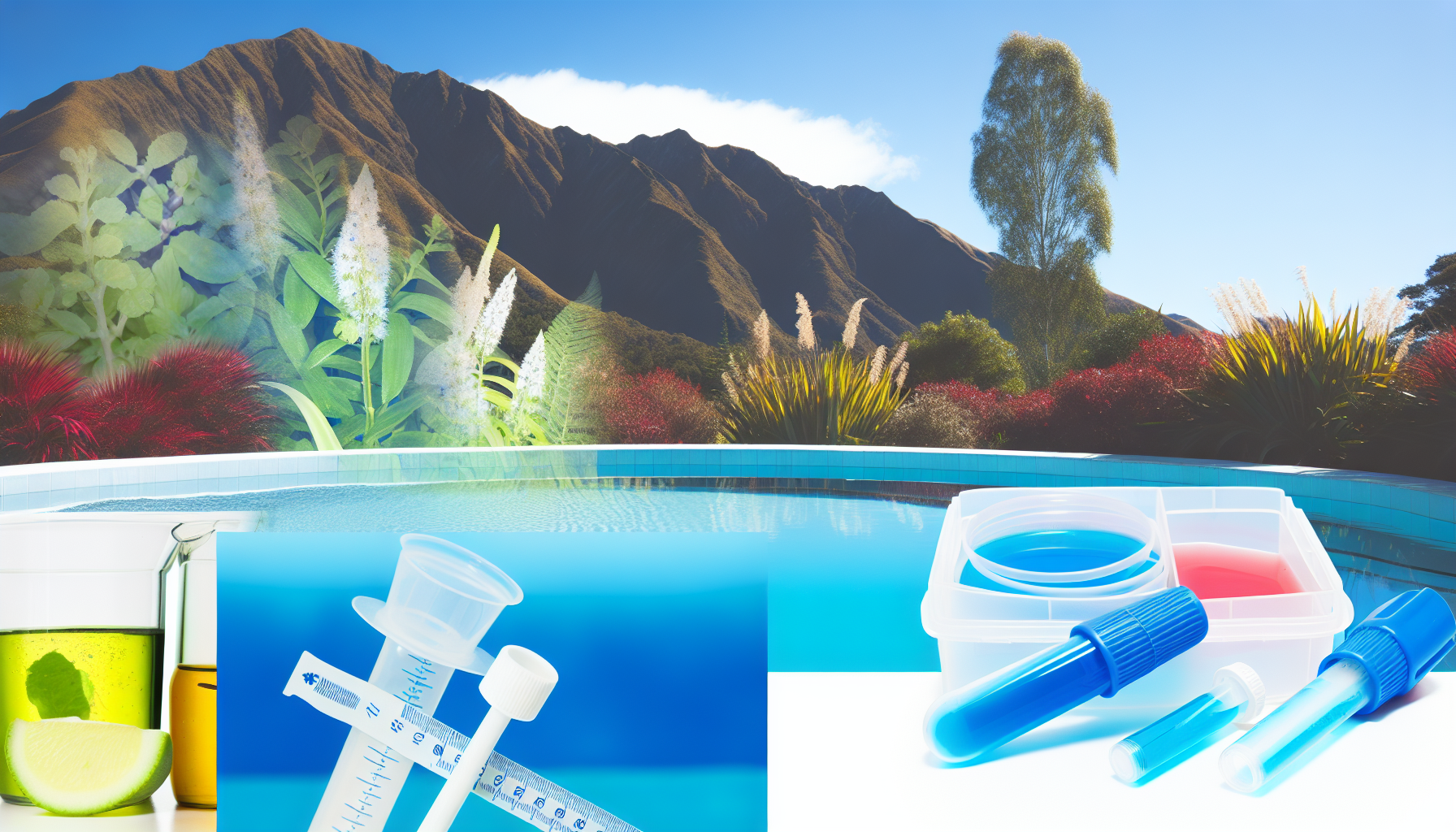Keeping Your Natural Pool’s Chemicals Balanced Without the Hassle
Alright, so you’ve got yourself a natural swimming pool, and now you’re wondering how to keep it balanced and safe without turning into a full-time chemist. The good news? It’s not as complicated as it sounds. You don’t need a shelf full of harsh pool chemicals like chlorine—natural pools balance themselves, but they still need a little help from you.
Why Water Balance Still Matters
Even though natural pools don’t rely on chlorine or other artificial chemicals, the water still needs to be in the right condition to keep it clear, safe, and free from unwanted nasties. Think of it like a garden—if you leave it alone completely, things will start to get out of hand. The key factors you need to stay on top of are the pH levels, biological filtration, and overall nutrient balance.
First Things First: Testing the Water
Before you start adding or adjusting anything, you’ve got to know what’s going on in your pool. Get yourself a pH and water testing kit—you can find these at places like Pool & Spa Warehouse NZ or Para Rubber. These test kits will help you keep an eye on pH, alkalinity, and other crucial levels.
Here’s what you should aim for:
- pH level: 6.8-7.5 (anything outside of this can cause issues)
- Alkalinity: Around 80-120 ppm (this helps keep pH stable)
If pH is too high, the water might go cloudy, and if it’s too low, it can mess with the natural eco-system of the pool. Either way, your plants, beneficial bacteria, and even your skin will feel the impact.
The Role of Plants and Biological Filtration
Natural pools rely on plants and biofilters instead of chemicals. These are your pool’s built-in cleaning crew, breaking down debris and keeping the water healthy. If things are going off-track, your pond plants might need a little help. Try adding more submerged plants like water lilies or hornwort—they act as natural filters, sucking up excess nutrients that would otherwise feed algae.
If you’re not sure where to get good aquatic plants in New Zealand, check out Wetland Plants NZ—they’ve got a solid range of water-filtering plants that work well in natural pools.
Dealing with Algae (Because It Will Show Up)
Look, algae is just part of the deal with natural pools. Unlike a standard chlorine pool, where you can just toss in some chemicals, you have to get a little more strategic here. The best way to keep algae under control is by balancing the nutrients in the water.
- Too much algae? That means there’s too much food for it—usually in the form of excess phosphates or nitrates.
- Quick fix: Add barley straw or good bacteria treatments like the ones from Clearpond NZ—these help outcompete the algae naturally.
And remember, a little algae isn’t the end of the world. Unlike chemical pools, a natural pool is meant to act more like a living body of water. The goal is balance—not a sterile swimming hole.
Keeping the Water Moving
If your water isn’t circulating properly, muck will build up, and the pool will start looking more like a swamp. A good-quality pump and biofilter system will keep water flowing and prevent stagnant spots where algae thrive.
Brands like Oase NZ sell reliable pumps specifically for eco-friendly water gardens and natural pools. If your pool looks a bit murky, upgrading to a more powerful biofilter might be your next move.
Topping Up the Water Without Messing Up the Balance
If you need to top up your natural pool, avoid using tap water straight from the hose—New Zealand tap water often contains high chlorine levels, which can throw everything off. If possible, use rainwater from a collection system instead.
If you have to use tap water, let it sit in a container for a day or two so the chlorine can evaporate before adding it to your pool.
Keep an Eye on the Balance and Adjust as You Go
Natural pools aren’t about getting things “perfect” but keeping them in check. That means regular water testing and occasional tweaks to keep things balanced. Check your pool’s pH and nutrient levels every couple of weeks, and adjust with plants, biofilters, or natural treatments as needed.
By keeping an eye on things and making small adjustments, you’ll keep your pool looking great without resorting to harsh chemicals. Plus, once everything is balanced, it pretty much takes care of itself—so you can spend more time enjoying the water instead of worrying about it.
Got any great local tips for maintaining a natural pool? Let me know in the comments!


Leave a Reply